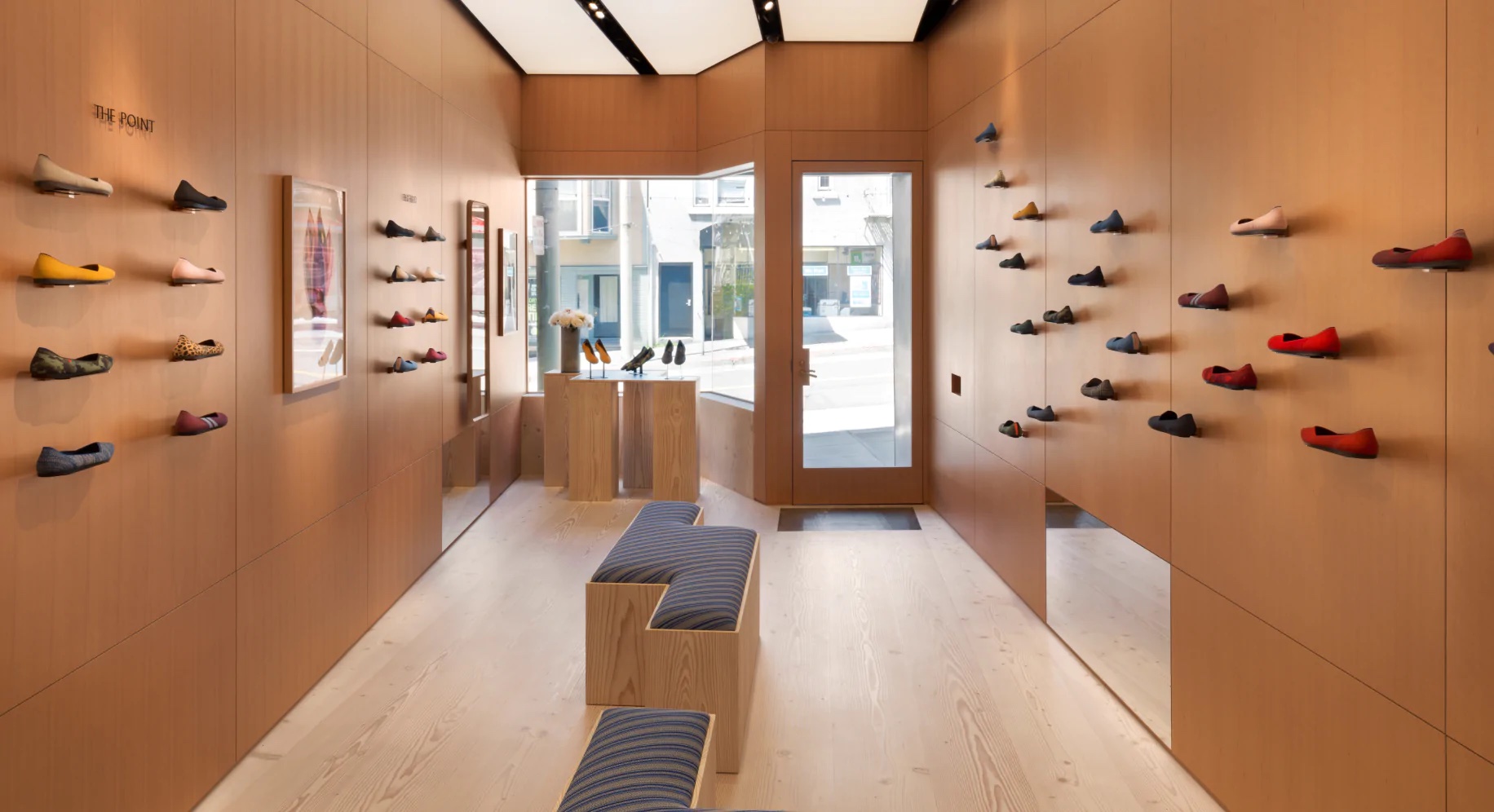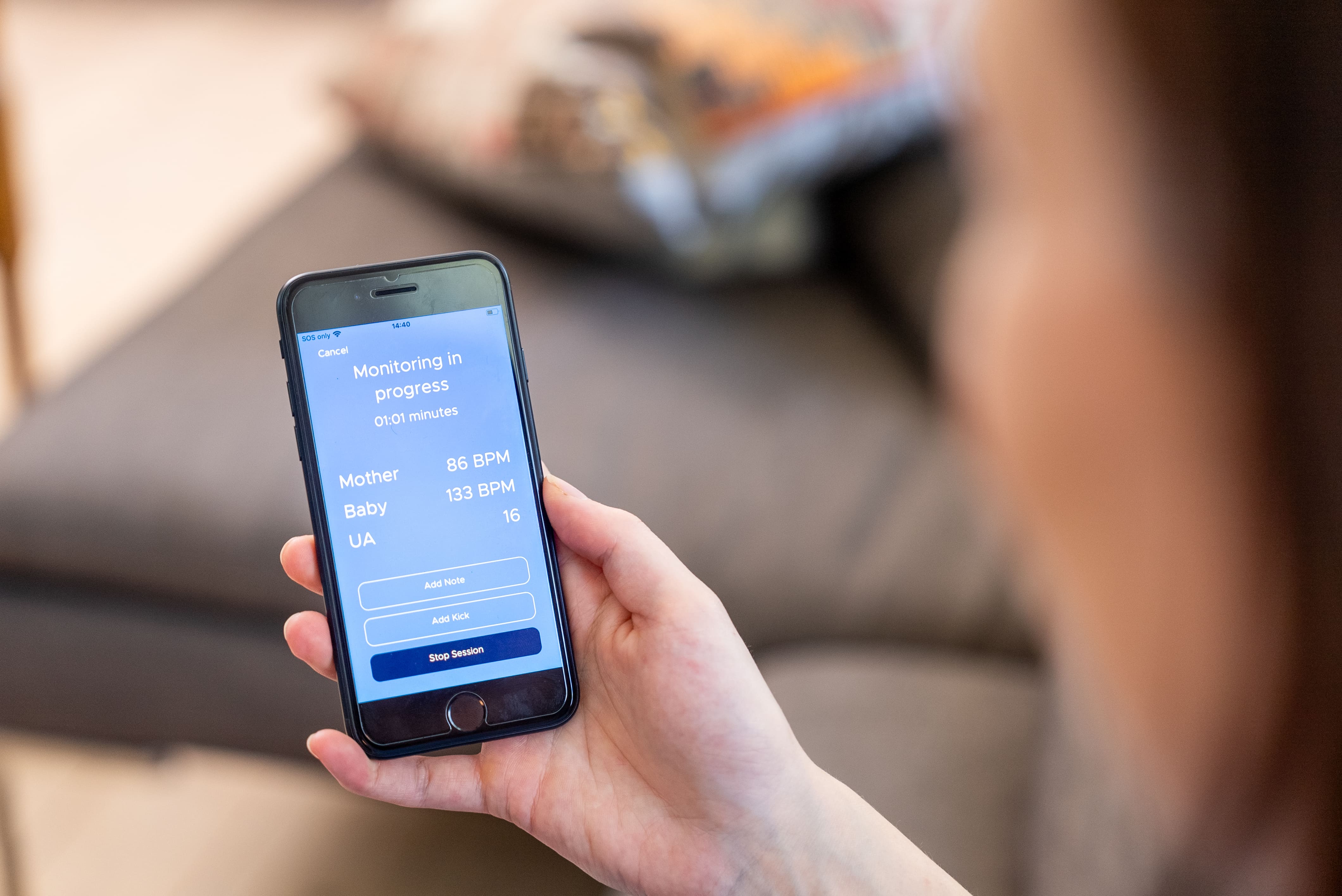Rothy’s is a fashion company based in San Francisco, CA. This remarkable environmentally conscious brand started with washable flat shoes made from recycled water bottles and has since expanded into various shoe styles and other accessories. They have generated an incredible amount of loyalty and almost “cult” passion for their products, and many women believe their shoes are not only the most comfortable in the world but also some of the most fashionable.


800%
growth in non-branded organic traffic
584%
growth in non-branded organic visibility
Providing full-service SEO
Rothy’s came to us looking for a long-term SEO growth partner. Although Rothy’s had never focused on SEO (partly due to their massively successful brand marketing campaigns) they understood that as they continued to grow and expand their website it was imperative to have a partner focusing solely on organic search and acting as a strategic partner to help drive revenue through the channel.
We all agreed that their specific needs did not require a full-time in-house SEO team, but they did need a strong outsourced SEO knowledge leader and a significant investment in the underlying SEO execution services of content creation, link acquisition, UX for SEO, technical optimization, and more.
Rothy’s was a perfect candidate for a coordinated full-service SEO approach. Our offering allowed them to capitalize on the knowledge, planning, and project management of our SEO strategy team while still putting the majority of their SEO investment towards improving things on and around the site that would drive search engine results.


Improving overall SEO strategy
After taking over the account we hit the ground running. In the first month, we allocated about half the budget to completing our SEO Research and Strategy Formulation project. We knew it was necessary to understand all of the potential opportunities for the business and to get the various teams aligned on a 12-month plan rather than operating within a myopic view of best practices to undertake month to month.
As Rothy’s progressed, so has the relationship. Rothy’s has expanded its product line, and throughout our partnership, we’ve supported the internal team with on-page recommendations and with off-page support.
Establishing workflows is at the core of any good partnership, especially when working with larger companies and established startups. This is no different at Rothy’s, where product, engineering, and marketing teams need to collaborate to launch new site sections and product lines. Understanding these dynamics within a company from the start can help us to set up the relationship for long-term success.
There are some key strategies that we’ve implemented over the years to drive massive growth in the SEO channel and provide an incredible amount of enterprise value for the brand:
Stage One: SEO category pages
Like all e-commerce companies, the category page is a vital part of the shopping experience on the site. In SEO, we find there’s a consistent calibration between SEO and UX. For Rothy’s, maintaining and upholding their brand image is vital, so we worked with the internal team to come up with a unique approach to their category pages. To integrate more contextual content we suggested building pages that contained text interweaved with products, and consequently, an SEO-optimized, content-rich SEO category page was born to showcase Rothy’s animal flats.
Stage Two: Blog strategy (Editorial content)
The Rothy’s blog was driving limited organic traffic when we first started working together. As a way to build huge amounts of high-funnel traffic for fashion-conscious women, we decided to pursue a robust editorial content strategy. Today, this approach is one of the biggest feeders of quality retargeting audiences for the brand. We started by identifying informational, support queries that were related to Rothy’s core focus- flats. Our initial content efforts centered on comprehensive pieces answering general queries, such as “how to dress with flats.” Over time as Rothy’s has evolved, we’ve broadened the scope of our content to be more focused on general queries, while also supporting any lower funnel topics that align with new product launches.
Stage 3: Technical improvements/monitoring
As with any of our clients, we want to make sure that every aspect of the site is functioning properly and that we’re presenting the best version of the site to the search engines. For an enterprise company, monitoring everything happening across 100+ subdomains, multiple platforms, and millions of URLs can be a full-time job. The reality is that most companies don’t need this much attention to the technical piece, and an SEO’s role should be passively monitoring the health of a website. Platforms like Shopify are built to control major issues that custom platforms might have. We completed our standard technical analysis during the audit and uncovered a few issues, none of which were detrimental to performance. Over time, we’ve moved to a more passive cadence of report checking to ensure things are functioning properly; they still are.
Increased visibility and traffic
A little less than two years into the relationship, Rothy’s has $60,000 of paid traffic equivalency in non-brand traffic. When we started they had less than $1,000. The blog has grown steadily, and the partnership continues to develop.
Questions?
VP of Growth
Lou Amodeo
Discover more


